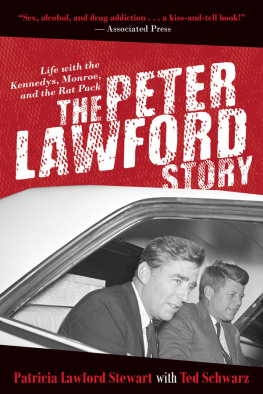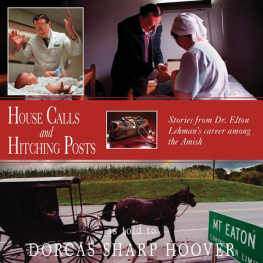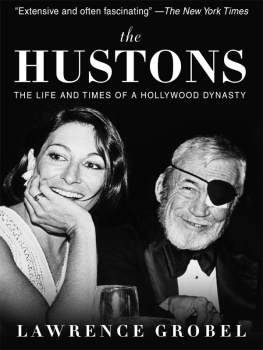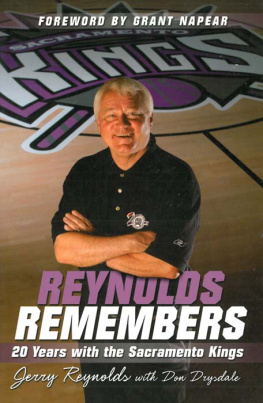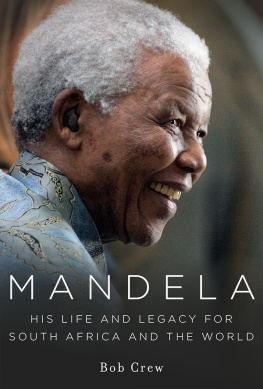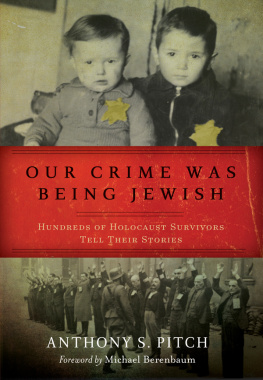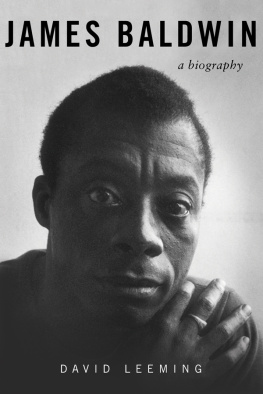Copyright Patricia Lawford Stewart and Ted Schwarz 1988, 2015
First Published by Carroll & Graf in 1988
All Rights Reserved. No part of this book may be reproduced in any manner without the express written consent of the publisher, except in the case of brief excerpts in critical reviews or articles. All inquiries should be addressed to Skyhorse Publishing, 307 West 36th Street, 11th Floor, New York, NY 10018.
Skyhorse Publishing books may be purchased in bulk at special discounts for sales promotion, corporate gifts, fund-raising, or educational purposes. Special editions can also be created to specifications. For details, contact the Special Sales Department, Skyhorse Publishing, 307 West 36th Street, 11th Floor, New York, NY 10018 or info@skyhorsepublishing.com.
Skyhorse and Skyhorse Publishing are registered trademarks of Skyhorse Publishing, Inc., a Delaware corporation.
Visit our website at www.skyhorsepublishing.com.
10 9 8 7 6 5 4 3 2 1
Library of Congress Cataloging-in-Publication Data is available on file.
ISBN: 978-1-62914-780-2
eISBN: 978-1-63220-088-4
Printed in the United States of America
For Daniel K.,
who gave me encouragement
and showed me I could love again.
Acknowledgments
To Gloria Luchenbill, with thanks for her many kindnesses and generous assistance.
To Seymour Grush, who provided the facilities of the Best Western Sunset Plaza Hotel as a base for the research for this book.
To Jackie Gayle, for his assistance both with interviews and with lodging.
To Lee Briggs of U.S.A. ComputerTech of Canoga Park, California, for providing the computer equipment for both authors of this book, enabling us to meet what would otherwise have been an impossible deadline.
To Kent Carroll, for his sensitivity as an editor, both to the often delicate subject matter and to my needs in trying to come to grips with what I have for so long suppressed.
To James Mason for his invaluable assistance.
To Susan Hill, who was the first to believe in this book and who worked to shape it into a project of which I am extremely proud.
To Ted and Leslie Schwarz who were always there when I needed support.
And to P.K., Peabody, and Sherman, who had to get into this book somewhere or Id never hear the end of it.
Contents
Foreword
I F I KNEW THEN WHAT I KNOW NOW, NOT A THING WOULD I change. In spite of all the difficulties one encounters by living with a performer, that life is by far the greatest teacher. Peter was a great believer in learning from negative situations, a belief he permanently instilled in me. Throughout all the pain of drug and alcohol abuse, the mans personality was so powerful that I found myself blinded to the horror I was experiencing. It wasnt until I developed as a woman and as an adult that I realized he did not have all the answers. Then I sought help for this person who shaped my life and gave to me more love than I had ever known.
After he died on Christmas Eve (he always did have great timing), the team of doctors attending him for the last year of his life took me into a conference room and said, Mrs. Lawford, we want you to know that you prolonged Peters life by many years and you should have no guilt about his passing. Guilt I dont have, but one always feels God, I wish I could have saved him.
Throughout our ten years together, Peter shared with me the intimate details of his life. He was planning an autobiography before he died and told me If anything should ever happen to me, Patricia, for chrissakes, do the book. Ive told you everything. He had experienced great trepidation about many subjects to be covered in his bookfor example, the Kennedys and Marilyn Monroe. To the end he remained loyal to one of Hollywoods great mysteries. I feel there are stories that should be told about this man and his life among Hollywoods elite and Americas royalty.
It is with his blessing that I embark upon this project.
Patricia Lawford Stewart
Los Angeles, California
Prologue
I SUPPOSE IT WAS INEVITABLE THAT P ETER L AWFORD AND I would eventually become both lovers and husband and wife during the last decade of his life. We both grew up misfits, abused at home, shunted from area to area, involved with show business from the time we were young.
Peter stayed with show business, of course. MGM made him a star in the 1940s and he had great success in the early days of television. If anything, it might be said that he grew too big, eventually informing a producer that the character he wanted Peter to play in a new film was not one that could succeed. Peter realized that the character was based on his late brother-in-laws favorite fictional hero. He understood that it might lead to a series of films. But Peters personal manager, Milt Ebbins, was certain that the part was a loser and thats why he refused to let Peter become James Bond.
I ended my career at a young age. A talent scout came to my elementary school when I was five years old and chose me to be the prize girl for the Billy Barty Show. Billy Barty was a skilled actor who also happened to be a dwarf. His first big success was as one of the Munchkins in the movie The Wizard of Oz, a film that made Judy Garland a major star. Eventually he had his own childrens show, and I was chosen to be the child who would stand around in a pretty dress and give prizes to other children. The trouble was that I was a bigot. There was no way I was going to appear on television with a grown-up who was shorter than me, especially since I was just a little kid. When the talent scout insisted I would have fun, I insisted on throwing a temper tantrum until they chose another little girl from my class.
I got a little further with Bob Bakers Marionette Theater. Once again I was chosen to give out prizesthis time having to endure putting on Mary Janes and some little lace socksand I actually tolerated two appearances. Only then did I decide that the actors life was not for me. So I started to cry and carry on until they agreed to make someone else a star.
My mother immediately took me out of public elementary school and enrolled me in a strict Catholic parochial school, Immaculate Heart of Mary. She thought it would tame my rebellious attitude, but instead it nurtured it. The nuns still used rulers to crack our knuckles, and mine were frequently reddened, though I usually received the ultimate punishmentbeing locked in the storage closet.
It was not that the punishment was undeserved. I used to make up notes that read: Drop your books on the floor when the clock reads 10:10. If you dont, youre dead! I would either type them at home or disguise my handwriting, then pass them around when I thought the nuns werent looking.
The books would be dropped by some of the kids (and I made sure I saw which ones didnt, because they would not be my friends) and class would be disrupted. The nuns couldnt prove anything against me, but when youre known as a troublemaker and are practically rolling on the floor with laughter over a juvenile prank, its not too hard to place the blame. I would immediately be ordered into the closet by Sister Marie Claudette, banished to the darkness while class continued.
I would like to tell you a dramatic story about the trauma I endured within those black walls while I listened to the teaching of spelling and arithmetic in the classroom. But the truth is that the closet was also where all our lunch bags were stored. I went from bag to bag, eating all the good cookiesthe chocolate chips, the Oreosand switching sandwiches at random. Then, when I was allowed out and we all went to the playground to eat, I would listen to such cries as My mom gave me bologna for lunch and this is a cheese sandwich! or I know she put some cookies in here. Theyre my favorites and I watched her do it!

